ADT 2010 Annual Report Download - page 35
Download and view the complete annual report
Please find page 35 of the 2010 ADT annual report below. You can navigate through the pages in the report by either clicking on the pages listed below, or by using the keyword search tool below to find specific information within the annual report.-
 1
1 -
 2
2 -
 3
3 -
 4
4 -
 5
5 -
 6
6 -
 7
7 -
 8
8 -
 9
9 -
 10
10 -
 11
11 -
 12
12 -
 13
13 -
 14
14 -
 15
15 -
 16
16 -
 17
17 -
 18
18 -
 19
19 -
 20
20 -
 21
21 -
 22
22 -
 23
23 -
 24
24 -
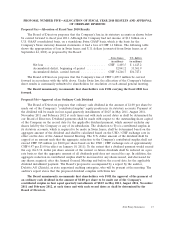 25
25 -
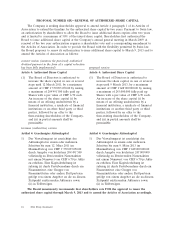 26
26 -
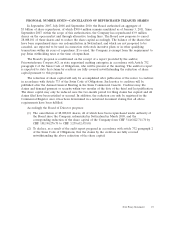 27
27 -
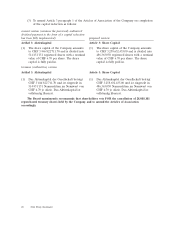 28
28 -
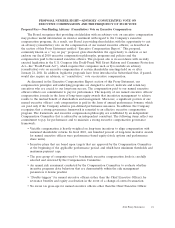 29
29 -
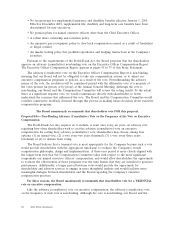 30
30 -
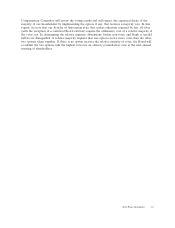 31
31 -
 32
32 -
 33
33 -
 34
34 -
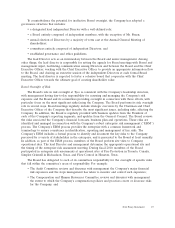 35
35 -
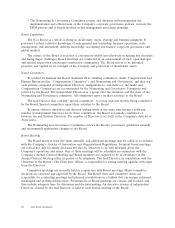 36
36 -
 37
37 -
 38
38 -
 39
39 -
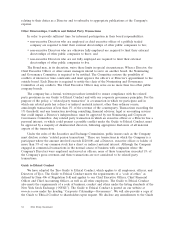 40
40 -
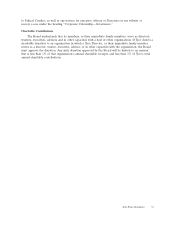 41
41 -
 42
42 -
 43
43 -
 44
44 -
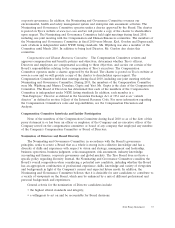 45
45 -
 46
46 -
 47
47 -
 48
48 -
 49
49 -
 50
50 -
 51
51 -
 52
52 -
 53
53 -
 54
54 -
 55
55 -
 56
56 -
 57
57 -
 58
58 -
 59
59 -
 60
60 -
 61
61 -
 62
62 -
 63
63 -
 64
64 -
 65
65 -
 66
66 -
 67
67 -
 68
68 -
 69
69 -
 70
70 -
 71
71 -
 72
72 -
 73
73 -
 74
74 -
 75
75 -
 76
76 -
 77
77 -
 78
78 -
 79
79 -
 80
80 -
 81
81 -
 82
82 -
 83
83 -
 84
84 -
 85
85 -
 86
86 -
 87
87 -
 88
88 -
 89
89 -
 90
90 -
 91
91 -
 92
92 -
 93
93 -
 94
94 -
 95
95 -
 96
96 -
 97
97 -
 98
98 -
 99
99 -
 100
100 -
 101
101 -
 102
102 -
 103
103 -
 104
104 -
 105
105 -
 106
106 -
 107
107 -
 108
108 -
 109
109 -
 110
110 -
 111
111 -
 112
112 -
 113
113 -
 114
114 -
 115
115 -
 116
116 -
 117
117 -
 118
118 -
 119
119 -
 120
120 -
 121
121 -
 122
122 -
 123
123 -
 124
124 -
 125
125 -
 126
126 -
 127
127 -
 128
128 -
 129
129 -
 130
130 -
 131
131 -
 132
132 -
 133
133 -
 134
134 -
 135
135 -
 136
136 -
 137
137 -
 138
138 -
 139
139 -
 140
140 -
 141
141 -
 142
142 -
 143
143 -
 144
144 -
 145
145 -
 146
146 -
 147
147 -
 148
148 -
 149
149 -
 150
150 -
 151
151 -
 152
152 -
 153
153 -
 154
154 -
 155
155 -
 156
156 -
 157
157 -
 158
158 -
 159
159 -
 160
160 -
 161
161 -
 162
162 -
 163
163 -
 164
164 -
 165
165 -
 166
166 -
 167
167 -
 168
168 -
 169
169 -
 170
170 -
 171
171 -
 172
172 -
 173
173 -
 174
174 -
 175
175 -
 176
176 -
 177
177 -
 178
178 -
 179
179 -
 180
180 -
 181
181 -
 182
182 -
 183
183 -
 184
184 -
 185
185 -
 186
186 -
 187
187 -
 188
188 -
 189
189 -
 190
190 -
 191
191 -
 192
192 -
 193
193 -
 194
194 -
 195
195 -
 196
196 -
 197
197 -
 198
198 -
 199
199 -
 200
200 -
 201
201 -
 202
202 -
 203
203 -
 204
204 -
 205
205 -
 206
206 -
 207
207 -
 208
208 -
 209
209 -
 210
210 -
 211
211 -
 212
212 -
 213
213 -
 214
214 -
 215
215 -
 216
216 -
 217
217 -
 218
218 -
 219
219 -
 220
220 -
 221
221 -
 222
222 -
 223
223 -
 224
224 -
 225
225 -
 226
226 -
 227
227 -
 228
228 -
 229
229 -
 230
230 -
 231
231 -
 232
232 -
 233
233 -
 234
234 -
 235
235 -
 236
236 -
 237
237 -
 238
238 -
 239
239 -
 240
240 -
 241
241 -
 242
242 -
 243
243 -
 244
244 -
 245
245 -
 246
246 -
 247
247 -
 248
248 -
 249
249 -
 250
250 -
 251
251 -
 252
252 -
 253
253 -
 254
254 -
 255
255 -
 256
256 -
 257
257 -
 258
258 -
 259
259 -
 260
260 -
 261
261 -
 262
262 -
 263
263 -
 264
264 -
 265
265 -
 266
266 -
 267
267 -
 268
268 -
 269
269 -
 270
270 -
 271
271 -
 272
272 -
 273
273 -
 274
274 -
 275
275 -
 276
276 -
 277
277 -
 278
278 -
 279
279 -
 280
280 -
 281
281 -
 282
282 -
 283
283 -
 284
284 -
 285
285 -
 286
286 -
 287
287 -
 288
288 -
 289
289 -
 290
290 -
 291
291 -
 292
292
 |
 |
To counterbalance the potential for ineffective Board oversight, the Company has adopted a
governance structure that includes:
• a designated lead independent Director with a well-defined role;
• a Board entirely composed of independent members, with the exception of Mr. Breen;
• annual election of Directors by a majority of votes cast at the Annual General Meeting of
shareholders;
• committees entirely composed of independent Directors; and
• established governance and ethics guidelines.
The lead Director acts as an intermediary between the Board and senior management. Among
other things, the lead director is responsible for setting the agenda for Board meetings with Board and
management input, facilitating communication among Directors and between the Board and the Chief
Executive Officer, working with the Chief Executive Officer to provide an appropriate information flow
to the Board, and chairing an executive session of the independent Directors at each formal Board
meeting. The lead director is expected to foster a cohesive board that cooperates with the Chief
Executive Officer towards the ultimate goal of creating shareholder value.
Board Oversight of Risk
The Board’s role in risk oversight at Tyco is consistent with the Company’s leadership structure,
with management having day-to-day responsibility for assessing and managing the Company’s risk
exposure and the Board and its committees providing oversight in connection with those efforts, with
particular focus on the most significant risks facing the Company. The Board performs its risk oversight
role in several ways. Board meetings regularly include strategic overviews by the Chairman and Chief
Executive Officer of the Company that describe the most significant issues, including risks, affecting the
Company. In addition, the Board is regularly provided with business updates from the President of
each of the Company’s reporting segments, and updates from the General Counsel. The Board reviews
the risks associated the Company’s financial forecasts, business plan and operations. These risks are
identified and managed in connection with the Company’s robust enterprise risk management (‘‘ERM’’)
process. The Company’s ERM process provides the enterprise with a common framework and
terminology to ensure consistency in identification, reporting and management of key risks. The
Company’s ERM includes a formal process to identify and document the key risks to the Company
perceived by a variety of stakeholders in the enterprise, and is presented to the Board at least annually.
In addition, as part of the ERM process, members of the Board perform site visits to Company
operational sites. The lead Director and management determine the appropriate operational site and
the timing of the enterprise risk assessment meeting. During fiscal 2010, members of the Board
participated in enterprise risk assessments at operational sites of Fire Protection in Toronto, Canada,
Simplex Grinnell in Richardson, Texas, and Flow Control in Houston, Texas.
The Board has delegated to each of its committees responsibility for the oversight of specific risks
that fall within the committee’s areas of responsibility. For example:
• The Audit Committee reviews and discusses with management the Company’s major financial
risk exposures and the steps management has taken to monitor and control such exposures;
• The Compensation and Human Resources Committee reviews and discusses with management
the extent to which the Company’s compensation policies and practices create or decrease risks
for the Company; and
2011 Proxy Statement 27
